Description
Evert Pieters, a Dutch artist, was known for his light-filled paintings, often portraying scenes of everyday life, nature, and interiors with an impressionistic touch. His attention to natural light and texture is evident in this work, as the soft lighting enhances the romantic quality of the blossoms, bringing a gentle luminosity to the entire scene.
*Pink Blossom* is a delicate and serene still life that beautifully captures the natural beauty of a basket overflowing with soft, pink blossoms. The flowers are rendered in gentle brushstrokes, creating a sense of fragility and lightness. The contrast between the vibrant green leaves and the pink petals adds a sense of depth, while the fallen petals on the table enhance the feeling of the fleeting nature of life, possibly evoking themes of transience and beauty.
The wicker basket sits sturdily on a simple table, its earthy tones grounding the otherwise ethereal composition. The scattered blossoms and a pair of pruning shears lying beside the basket add a casual, intimate element, suggesting that the arrangement has been freshly gathered, or perhaps left in the middle of tending. This subtle narrative, combined with the soft palette, creates a tranquil and contemplative atmosphere, typical of Pieters’ approach to domestic and natural subjects.
Evert Pieters studied at the Antwerp Academy of Fine Arts and settled in Blaricum in 1897. He had his first successful showing at the Exposition Universelle d’Anvers (1885). He remained in Belgium as a freelance painter and won a medal at the Seconde Exposition Internationale d’Anvers in 1894 for his painting of a wheatfield in Flanders. He married shortly thereafter and divided his time between Paris and Barbizon; concentrating on landscapes and still-lifes. That same painting received a gold medal at the Salon two years later.
In 1895 he returned to the Netherlands and settled in Blaricum. The picturesque landscape of the Gooi region and its rural community inspired him to paint peasant interiors and outdoor scenes of mothers and children playing besides still lifes. His work differs from that of other Gooi painters, like Albert Neuhuys and Hein Kever, because of a southern, sunny and colorful palette. He had immense success with his work, especially among visiting Americans. After 1900 his work became more Impressionistic and often included flowers.
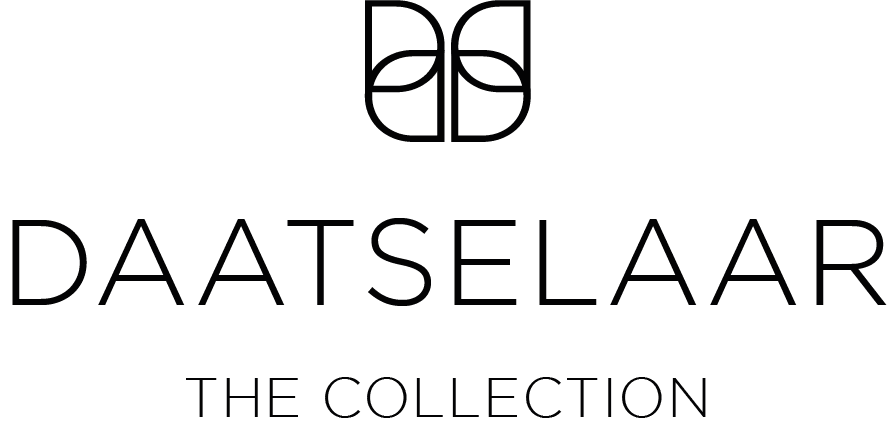
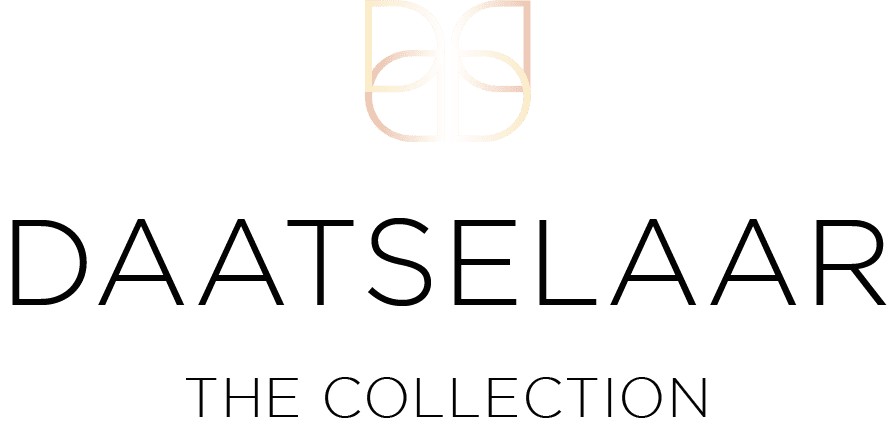
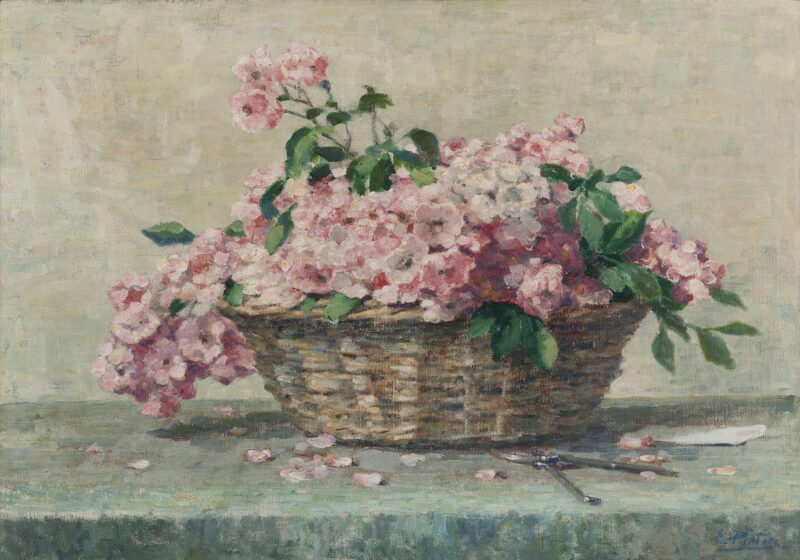
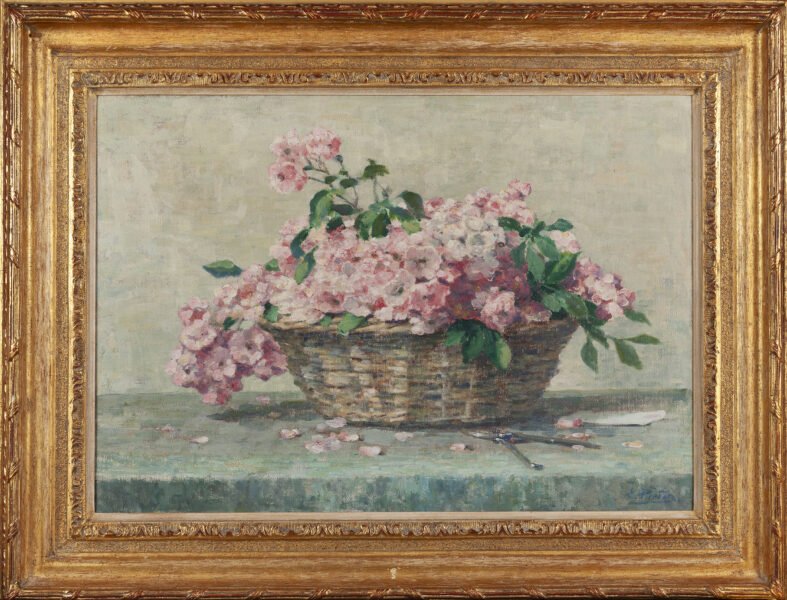
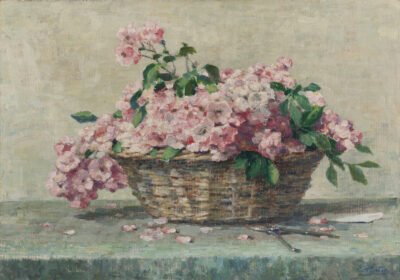
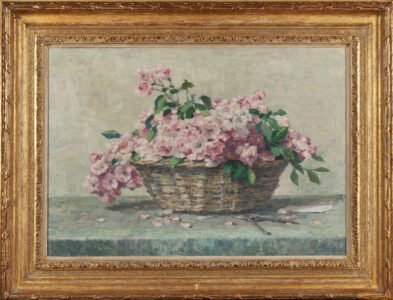
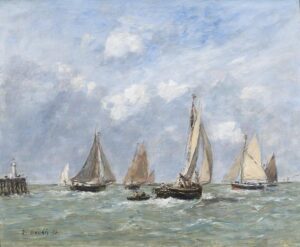
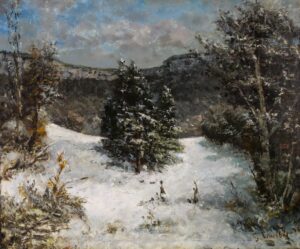


Reviews
There are no reviews yet.